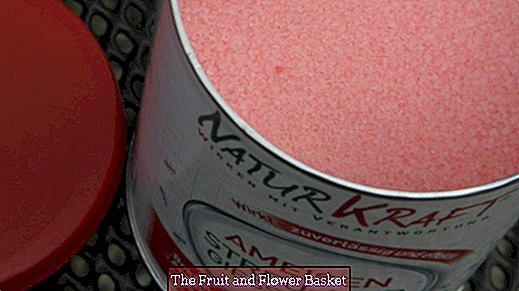Ants in the planter - what helps?
Time and again, the problem arises in the garden that ant colonies nest in a flower tub. Since they are targeting exactly the planters, which have to winter into the house, because the plants are not hardy, this regularly presents me with problems.
Of course, there are plenty of tips on how to drive the animals:
- Sprinkle coffee grounds - worked with me, unfortunately, only inadequate, but was at least suitable as a fertilizer.
- No dripping oil into the entrance - worked well on a nest under garden plates, but I could not get any fast anywhere.
- Sprinkle salt or baking soda on the streets or the nest entrance - works quite well in unplanted areas, but of course no alternative for planters if the plant is to survive.
- Put buckets under water several times - the year before last a gentian tree cost the lives. Not every plant can handle the marsh method.
If all else fails, even the most peaceful gardener will eventually resort to the chemical club. So I tried it last year with one of the usual ant bait cans. At least it worked, though it felt like forever, until no ant could see more. At least that saved the Agapanthus, which I would not otherwise have taken to winter quarters. I really do not need ants in the house.
This year, I tried it with a litter or casting agent of natural power. The agent has the advantage that you can bring it carefully with the irrigation water in the ant gallery. It contains natural pyrethroids and its use in the soil does not pose any danger to bee, beetle and Co.
So far, I'm very pleased, because it solved great in the water and has shown very quickly effect. At the moment, it does not look as if the plant will somehow be affected by it. Maybe one or the other has similar problems with these unwanted roommates in the bucket or box - which of course will work just as well on terraces or paths.
Supported by Naturkraft and TheFruitAndFlowerBasket with a free product.





